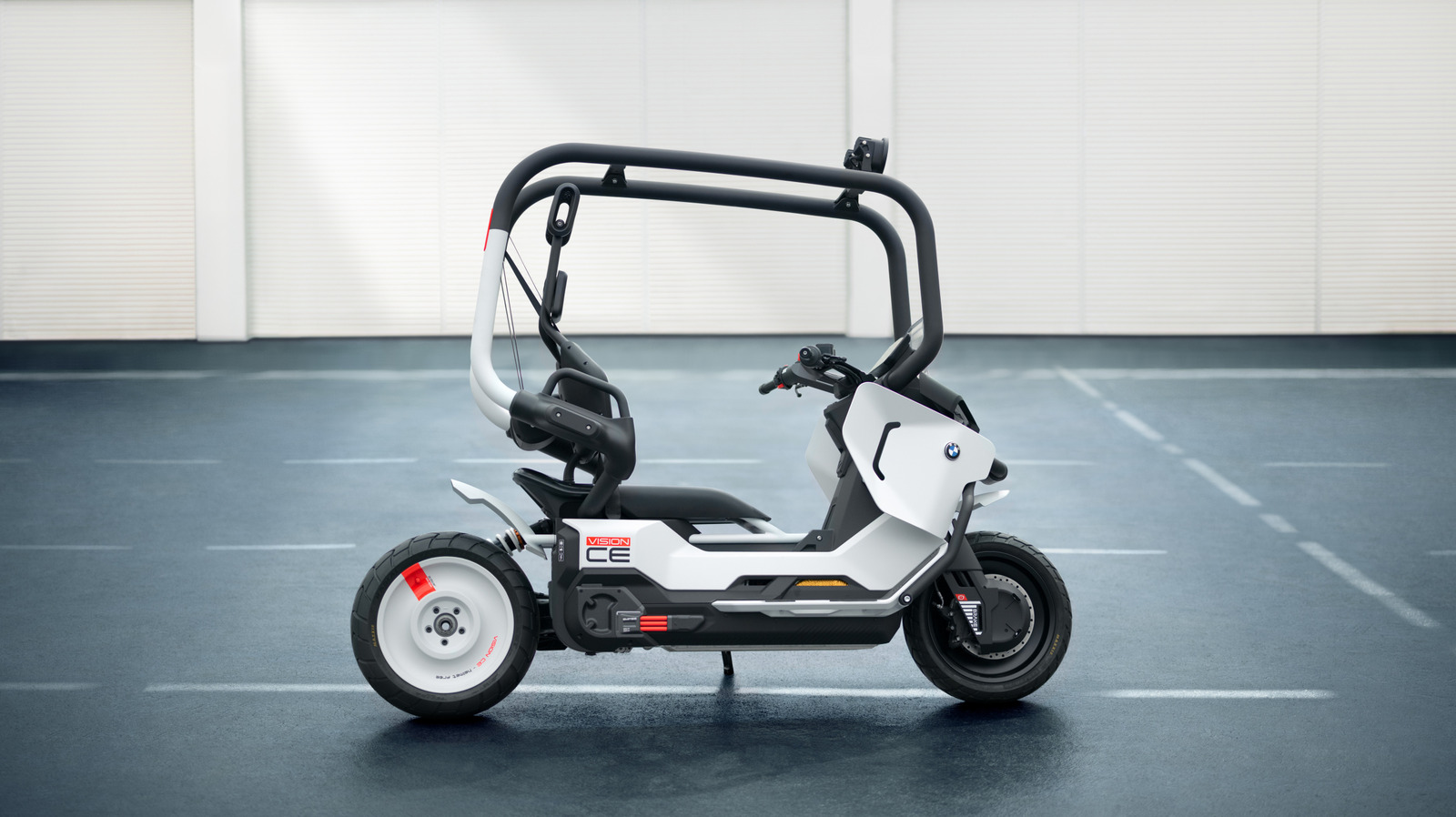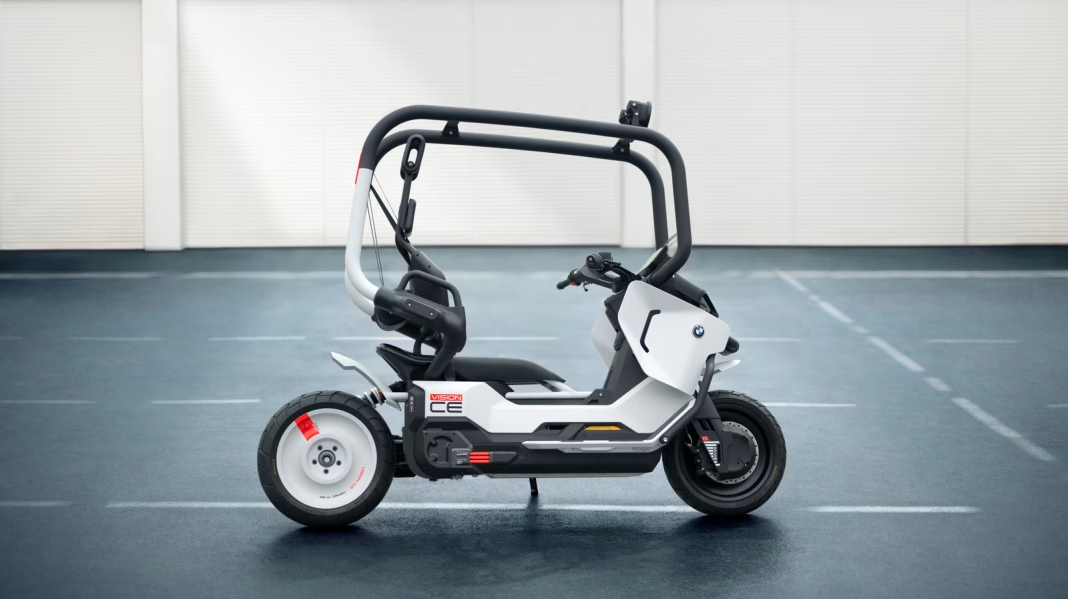Is It Really Safe to Ride the BMW Vision CE Without a Helmet?
Let’s get right to the heart of the matter: BMW’s Vision CE concept is making waves with its bold claim—a metal rollcage that supposedly eliminates the need for a helmet or protective clothing. That’s a radical departure from decades of motorcycle safety wisdom. But does it actually hold up in the real world?
How Does the Metal Rollcage Work, and What’s the Big Idea?
BMW’s engineers have taken inspiration from automotive safety, wrapping the Vision CE in a robust metal rollcage. The idea is simple: if a car’s frame can protect its occupants in a crash, why not adapt that for two wheels? The Vision CE’s cage is designed to absorb and distribute impact forces, shielding the rider much like a race car’s rollcage does for its driver.
This isn’t just a steel skeleton bolted onto a scooter. The structure is integrated into the bike’s design, aiming to provide both rigidity and crumple zones. BMW claims this innovation could make helmets and armored jackets optional, at least for urban commuting. It’s a bold vision—one that’s sure to get people talking.
What Do Safety Experts Say About Ditching Helmets and Gear?
Here’s where things get interesting. While the Vision CE’s cage is impressive, most safety experts remain cautious. According to a 2023 report from the Insurance Institute for Highway Safety, helmets reduce the risk of head injury by 69% and the risk of death by 42%. No rollcage—no matter how advanced—can fully replicate the protection that a properly fitted helmet provides, especially in side impacts or when a rider is ejected from the vehicle.
Protective clothing isn’t just about abrasion resistance, either. It shields against weather, flying debris, and even minor spills. While the Vision CE’s cage could prevent some injuries, it’s unlikely to replace the need for gear entirely—at least not yet.
Could This Change Urban Mobility for Good?
There’s no denying the potential here. Imagine hopping on your scooter for a quick coffee run without suiting up like you’re heading to a MotoGP race. For city dwellers, the convenience factor is huge. BMW’s approach could open up two-wheeled travel to people who’ve always been put off by the hassle of helmets and heavy jackets.
But there’s a flip side. If riders start skipping protective gear, will accident rates climb? Cities with high scooter use—like Paris and Milan—already grapple with safety concerns. Regulators may be slow to approve helmet-free riding, no matter how sturdy the cage. The Vision CE’s future might depend as much on lawmakers as on engineers.
What About Real-World Testing and User Experience?
Concept vehicles are notorious for looking great on paper, but the real test comes on the street. BMW hasn’t released full crash data for the Vision CE yet, and until independent agencies put it through its paces, skepticism is healthy. Anecdotally, riders who’ve tried cage-equipped prototypes report feeling more secure, but also note reduced visibility and a different sense of balance compared to traditional scooters.
There’s also the question of comfort. Will the cage make the ride feel claustrophobic? How will it handle in a low-speed tip-over versus a high-speed collision? These are questions only time—and more miles on the road—will answer.
What’s the Likely Impact on Motorcycle Design and Culture?
If BMW’s gamble pays off, we could see a new wave of urban mobility vehicles that blur the line between motorcycles and microcars. Other manufacturers are watching closely. The Vision CE’s design could inspire a rethink of what “safe” looks like on two wheels, especially as cities push for greener, more accessible transport options.
But don’t expect the classic helmet-and-leathers look to disappear overnight. For many riders, gear is as much about identity as safety. The Vision CE might carve out its own niche, appealing to commuters who value convenience over tradition.
The big takeaway? The BMW Vision CE isn’t about perfection—it’s about smarter adjustments. Start with one change this week, and you’ll likely spot the difference by month’s end. Whether that’s rethinking your commute, trying out new safety tech, or simply staying curious about what’s next, the future of riding is all about evolution—not revolution.


